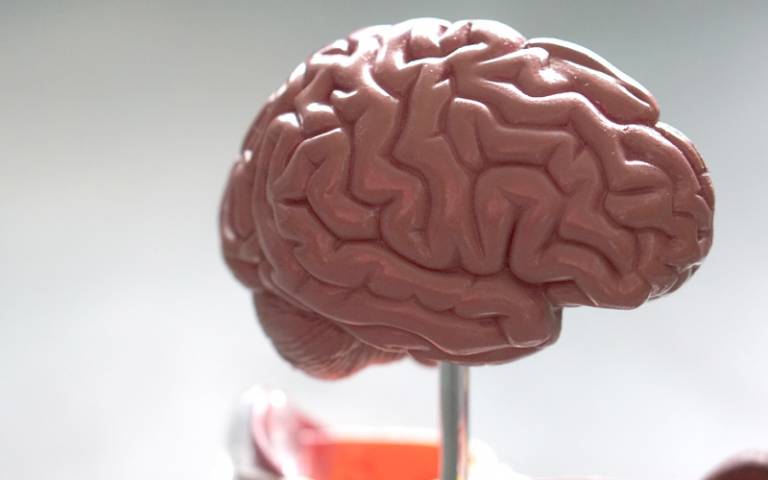Monitoring brain changes to diagnose dementia
Around 850,000 people in the UK suffer from dementia, marking it as a major public health problem as well as a devastating condition for the individual and their family.

4 December 2018
Alzheimer’s disease is the most common cause of this disorder, but it may be difficult to distinguish from other diseases and from depression, particularly in the early stages. Work conducted at UCL and other research centres has enabled clinicians to spot changes in the size or shape of particular regions of the brain. This can help identify Alzheimer’s earlier, and monitor how well drugs to combat it perform in trials.
Since neurodegenerative diseases cause the brain to atrophy, measuring changes in its volume is a useful way to study both the progress of a disease and the effect of treatments. Brain scanning using MRI, CT or PET techniques can give information on the structure of the brain at different times. However, the differences tend to be small – shrinking or growing by just a few percent – and so accurate and reliable measurement methods are essential to get accurate and reliable data. Measuring change in specific areas is also important. For example, the hippocampus, a seahorse-shaped region about 7cm long, plays a key role in making new memories, and is one of the first parts of the brain to show signs of Alzheimer’s related damage.
Important improvements to brain volume measurement techniques have been produced by the UCL Centre for Medical Image Computing (CMIC, established jointly between UCL Computer Science and UCL Medical Physics) and the Dementia Research Centre (DRC), making the process more efficient and robust. As a result of this work, fully automated measurement of both volumes and rates of atrophy for both the hippocampus and whole brain have been achieved, and it is now possible to compare measurements from different models and settings of scanners against each other with confidence.
Due to the reliability of these methods, UCL has provided measuring insights for major studies and international trials. The industrial contracts provided are alone worth over £5m, and the unit also forms part of the successful international Alzheimer’s Disease Neuroimaging Initiative (ADNI) consortium. This group is establishing standards and collecting data for the next generation of therapeutic trials in Alzheimer’s disease.
Just one example of how research at UCL Centre for Medical Image Computing could change the world.
 Close
Close

